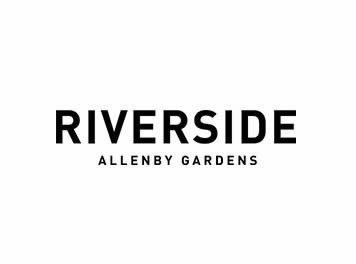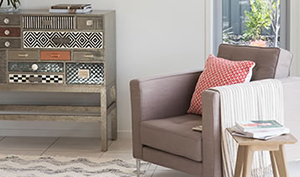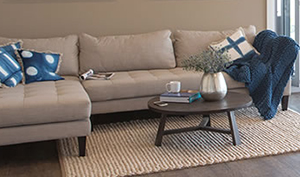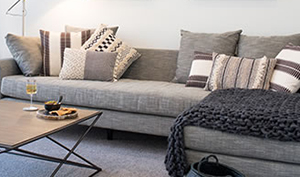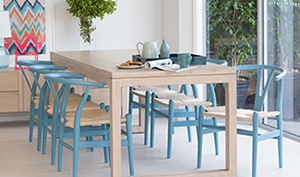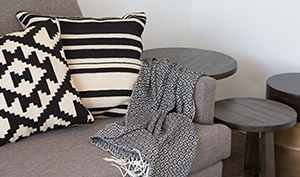Planning for a comfortable retirement
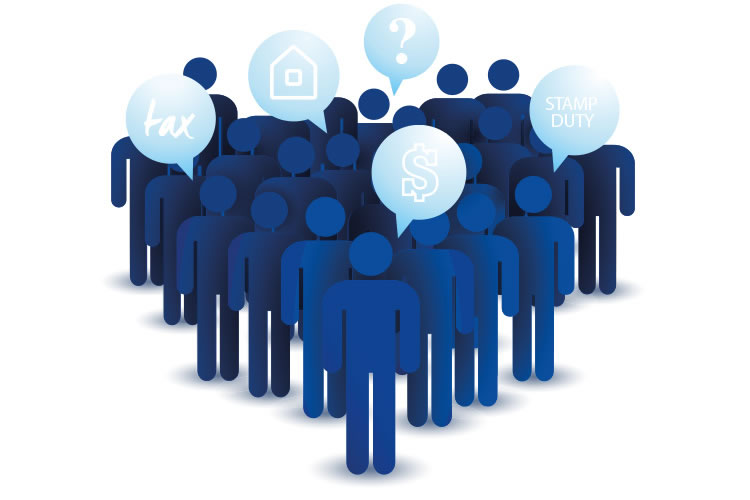
Buying a property is a huge event. There’s even more at stake when that property is bought as a retirement investment. So Darren Bray of Bray Business Management is always happy to answer any questions that come up.
Build or buy is one property investment question that comes up all the time. “So once you get tenants in the house, you want the running costs of maintaining the house to be as little as possible,” Darren says, “Established houses have wear and tear issues all the time. The maintenance and repair bills are pretty constant.”
Overall, Darren thinks a new house will probably cost less to maintain. If problems come up, you have various new house and structural warranties to fall back on. New houses also have a big advantage when it comes to stamp duty.
Darren points out;
New properties get stamp duty concessions that can really add up for an investor. For example, a new property pays less stamp duty on settlement than an established property. That's an immediate saving.
“Other elements of the stamp duty equation are quite complicated but they come out in favour of building,” he says.
Stamp duty is paid as a percentage of around four or five per cent. When you buy an established house, it’s a percentage of the value of the land and the building. When you build a house, stamp duty is calculated on the land value alone.
Let’s say the stamp duty on a $400,000 established home is about $16,300. In contrast, a $200,000 block of land will be charged around $6,800. The new home that is built on that block attracts no stamp duty at all. Regardless of the value of the home you build, that’s a stamp duty saving of about $10,000.
New home builders can also get benefits from the negative gearing rules. Negative gearing allows an investor to claim their losses on an investment property’s income, against their other income. So if less is coming in as rental than is going out as costs, the difference can be claimed.
“But the negative gearing rules can start helping at the building stage,” Darren says, “If your property is intended specifically for tenants, there are non-capital costs you can claim back.”
Non-capital costs include interest paid on borrowings, rates, taxes, repairs, maintenance and depreciation on fixtures and fittings.
“Governments want people to build new properties,” Darren says, “So investors should do their research. There may be all sorts of grants out there to help.”
Another key thing for Darren is building the best quality home you can with a reputable and established builder like Hickinbotham. “Hickinbotham have top people who make the sort of quality houses that attract the best tenants,” he says, “and believe me, a good tenant is a great thing to have.”
The Facts About Stamp Duty
As a guide, stamp duty on a $400,000 established home in SA is $16,300. Stamp duty on a $200,000 block is around $6,800 with no stamp duty on the build. That’s a saving to the investor or homeowner of nearly $10,000.

